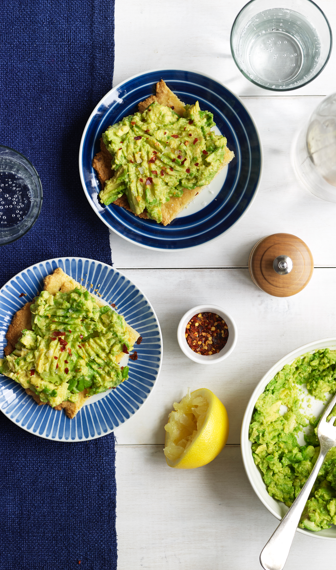Rice is a staple of all Chinese cuisines, and while there are exceptions, most Chinese dishes use meat as an addition rather than the main ingredient. In many dishes, minimally cooked fresh vegetables form the bulk of the preparation, with various sauces. A huge country with great geographical diversity, China is blessed with multiple regional cuisines, several of which have taken root in the United States. All of them offer healthy treats for you to enjoy.
Four regional cuisines dominate, three of which are well known in the United States:
- Cantonese: Until a few decades ago, when you said “Chinese,” you meant Cantonese. It was the first cuisine to be adapted to American tastes and agriculture, and it’s still very popular. Light delicate sauces, roasted meats and steamed and stir-fried vegetables typify Cantonese food.
- Szechwan: This cuisine is best known for its extremely hot dishes like Kung Pao Chicken and Double-Cooked Spicy Pork. It comes from the landlocked, mountainous part of Central China, and gets most of its heat from tiny but very potent chilies— usually in the form of an incendiary chili paste—aided and abetted by garlic and ginger. There are other, more subtle and complex dishes from this region, but it’s the fiery ones that get all the attention.
- Hunan: The best-known regional cuisine from the Zhejiang region, Hunan dishes are known for thick, rich sauces as well as complex and sometimes biting flavors. If you’ve had Pepper Chicken (fried hot and fast with onions and black pepper), you’ve sampled Hunan cuisine.
- Shandong: Still hard to find in most parts of the United States, Shandong cuisine is marked by its emphasis on fresh ingredients. Flavors are generally delicate, sometimes brightened by the addition of garlic and scallions. The light, clear soups are good choices for carb-conscious diners; thick, pungent soups may derive some of their texture from cornstarch.
Approach the Buffet Table with Caution
The sheer variety at a Chinese buffet is staggering, but most of the dishes rely on a sauce—generally thickened with cornstarch—to help keep the ingredients hot on a steam table. If possible, request that any dish be prepared with the sauce on the side, so you can choose how much you eat. Woo Shu Duck, for example, is usually dusted with almond flour, fried and served with a dark brown sauce. The sauce is sweetened, but happily, the duck itself is delicious without it. Certainly you’ll want to avoid any of the sweet and sour dishes, as well as breaded dishes or those battered with starchy flours. Also, watch out for noodle dishes. Peking Duck and Moo Shu Pork are perfectly fine, as long as you don’t eat the pancakes and plum sauce on the side.
Have This Instead of That
- These substitutions still allow you to enjoy the cooking styles and essential flavors that give Chinese food its unique characteristics, while avoiding sugars and other empty carbs:
- For an appetizer, try Egg Drop Soup instead of Fried Wontons or an egg roll. The soup should be clear and thin, rather than thickened with cornstarch.
- Instead of Shrimp-, Pork-, Beef- or Chicken-Fried Rice, have a Sizzling Shrimp Platter. You may never go back to fried rice again.
- Substitute Steamed Tofu With Vegetables, or Beef With Chinese Mushrooms, for any of the noodle-based dishes. If it comes with a sauce, request it be served on the side.
- Rather than any of the sweet and sour dishes, try Stir-Fried Pork With Garlic Sauce (sauce on the side, of course).

